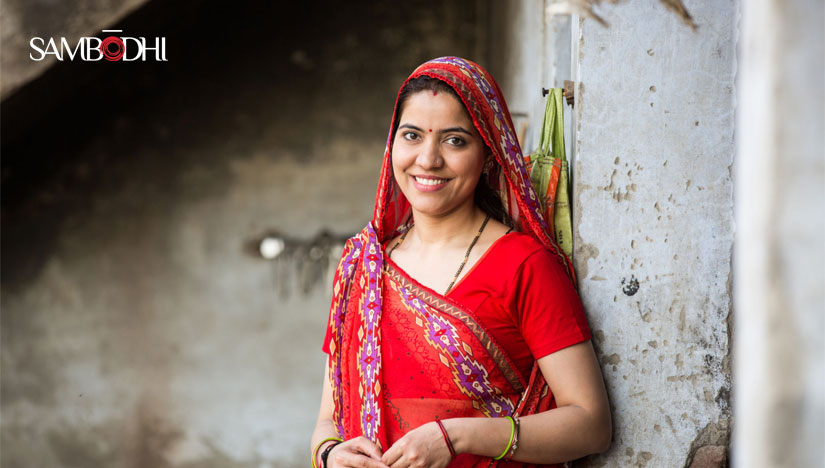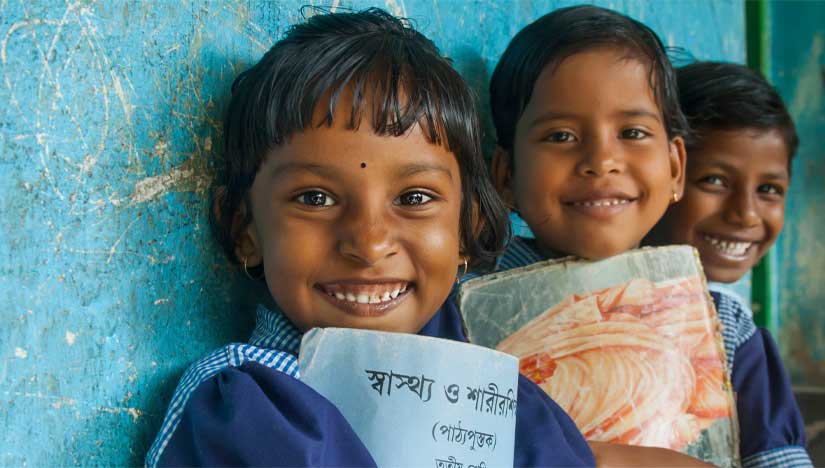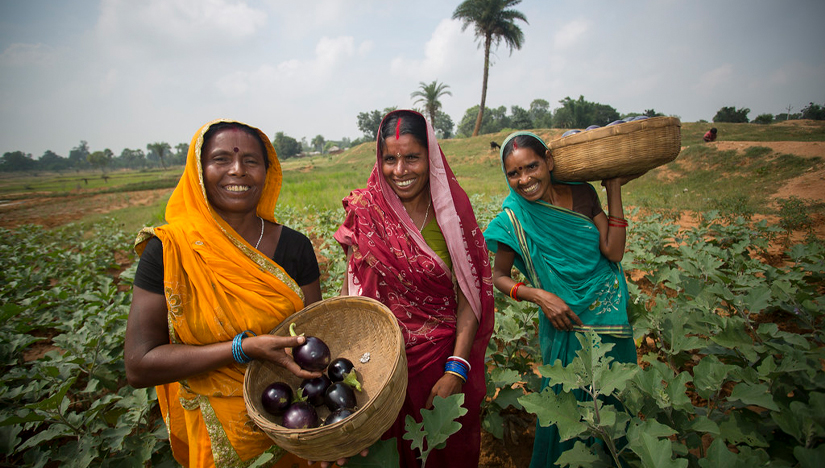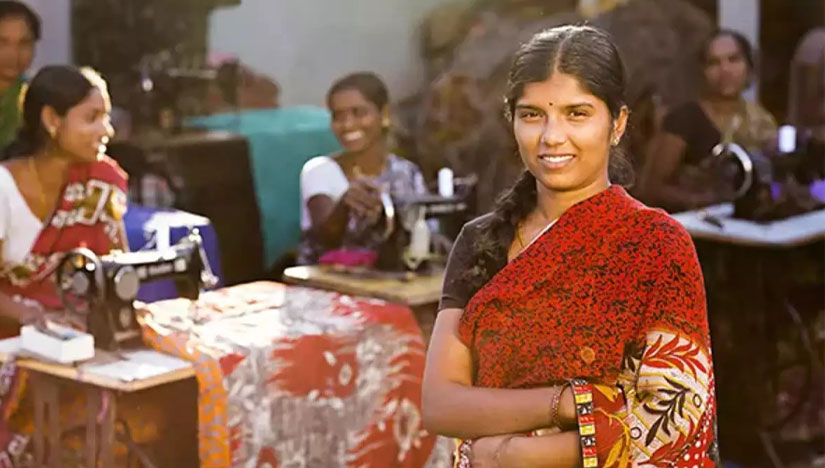Impact of National Rural Livelihoods Mission on Rural Women

With a population of over 1.4 billion, India is on the road to becoming the most populous country in the world. Women constitute around 48% (675 million) of the total population in India. However, according to the Union Budget 2022, women’s participation in the workforce is 20.3%, of which 18.2% is concentrated in urban areas. This makes India one of the countries with the lowest female participation rates globally, especially in rural areas. In contrast, other countries in the same region, like Bangladesh (35%) and Sri Lanka (31%), witness better participation from women. The disparity in participation hurts India’s aim of becoming a $5 trillion economy and global powerhouse by 2024-25.
Women have been excluded from the workforce for years due to inherent bias and other socioeconomic and cultural issues such as female infanticide, dowry, child marriage, domestic violence, etc. To add to the problem, systematic challenges also affect the service delivery mechanism. These challenges include malnutrition and an increased rate of female dropouts from school, if enrolled at all, since domestic responsibilities often take precedence over education. Poor sanitation and hygiene also affect women’s participation in the labor force. The shortage of employment opportunities and requisite skills further aggravates unemployment and poverty, is closely linked to other challenges, and inhibits women’s overall well-being.
Since 2000, the Government of India and state governments have made considerable progress in devising programs and schemes to address these challenges. Comprehensive efforts have been made to ensure widespread access to education under the pathbreaking Right to Education Act, while the Beti Bachao and Beto Padhao Scheme addresses concerns of gender discrimination by stressing the importance of education for girl children.

Several scholarship schemes reward good academic performance, while some ensure access to safe sanitation facilities under the Swachh Bharat Mission. Pradhan Mantri Matru Vandana Yojana is a scheme for pregnant women and lactating mothers who are not in regular employment. Maternity benefits are offered under Janani Suraksha Yojana, while the One Stop Centre Scheme supports and assists women affected by violence in public and private spaces.
Among such initiatives, the National Rural Livelihood Mission (NRLM) has been one of the most impactful one and has created efficient and effective women-focused platforms to promote sustainable livelihoods and increase household incomes with increased access to financial services.

The NRLM is based on the evolving needs and project learnings of the Swarnajayanti Gram Swarojgar Yojana (SGSY). The Mission was restructured in 2013 and later renamed Deendayal Antyodaya Yojana – National Rural Livelihoods Mission (DAY-NRLM) in December 2015. The DAY-NRLM spreads over 7 lakh villages across 34 States/UTs in the country. With around 86 million households being mobilized into Self-Help Groups (SHGs) and 0.4 million Village Organizations (VOs), it is one of the world’s major large-scale community mobilization programs. It addresses poverty reduction, women’s empowerment, and improving the rural population’s health, nutrition, and education outcomes. Access to credit, bank linkages, safety nets like insurance and vulnerability funds, technology in the form of agriculture equipment, and skill training has been increased for women. Due to this, women can channel their savings into strengthening the existing income sources and diversify the income portfolio of their households. These resilient institutions also played a crucial role in mitigating the ill-impacts of the COVID-19 pandemic by manufacturing over 168 million masks, 5.3 million protective equipment, 0.5 million sanitizers, 122,682 community kitchens, and conducting awareness campaigns. The Bank Sakhis also played an essential role in ensuring access to basic banking facilities and cash transfers for COVID-19 relief packages.
According to an evaluation conducted by the International Initiative for Impact Evaluation (3ie) across nine states in 2020,1 SHG membership of the National Rural Livelihoods Project – under the aegis of NRLM for 2.5 years—led to an increase of 19% in household income, 28% in savings, and ownership of productive assets in the household. Additionally, the project also positively impacted the food diversity index of the households.
The National Rural Economic Transformation Project (NRETP) was launched in 2019 as an extension of NRLP and aims at promoting women-led enterprises, entrepreneurship, increased access to credit and markets and upskilling for better employment opportunities.

Large-scale interventions such as the NRLM lay key emphasis on convergence with other programs and schemes of the Central and State governments and partnerships with Non-Government Organizations, Civil Society Organizations, and Panchayat Raj Institutions. They aim to ensure a holistic approach to women’s overall well-being in rural areas. With the Mission being implemented for over a decade, the current scenario presents a unique opportunity to gather empirical evidence to assess determinants influencing the key project objectives, and understand what works, what does not, and under what conditions. This insight will be critical in informing policy and making course corrections to improve project performance and strengthen project systems to improve project outcomes for women in rural India.
Abhishek Sharma – Assistant Vice President, Sambodhi
Leave a Reply
You must be logged in to post a comment.
